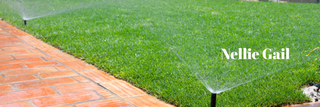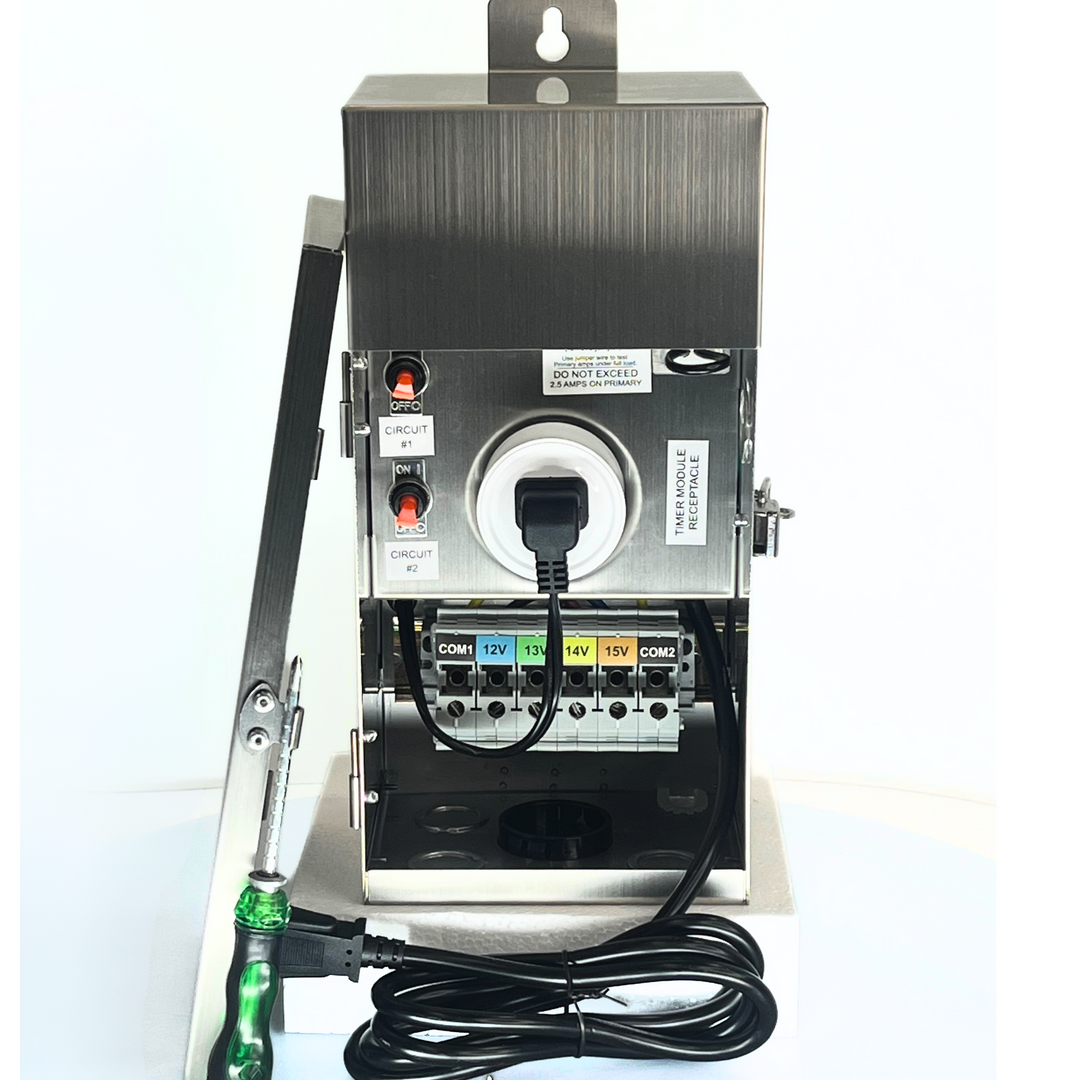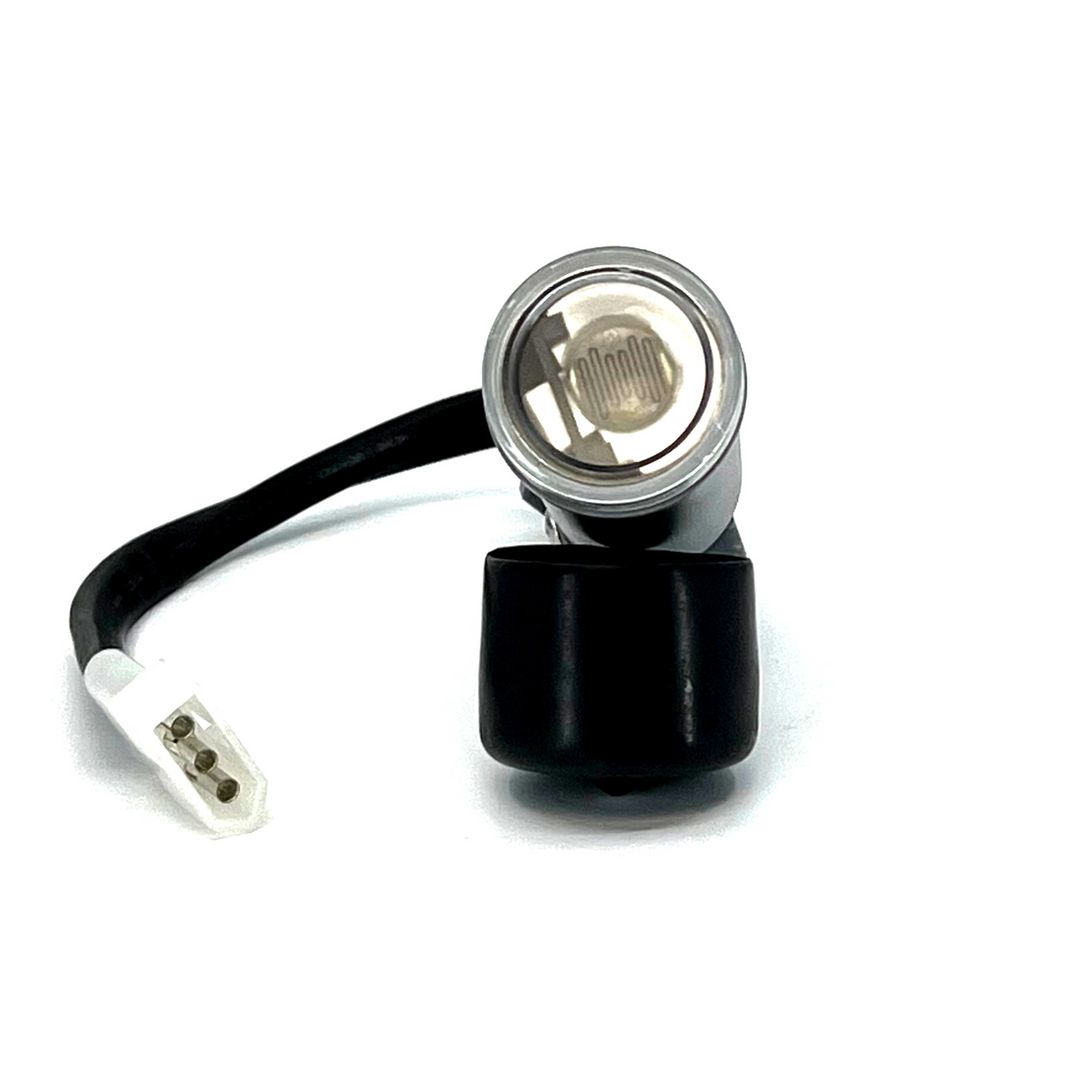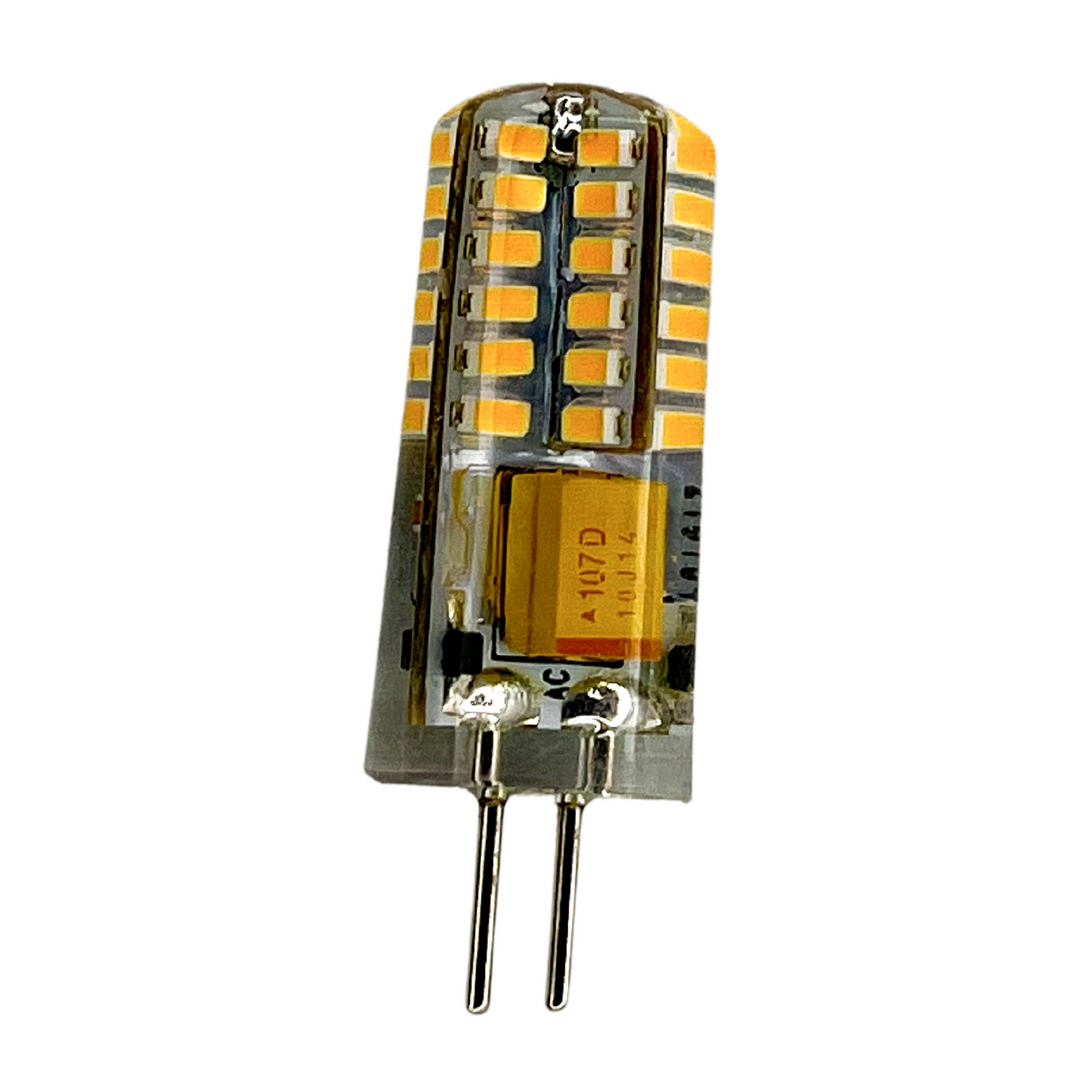
The Good, the Bad and the Leaky: In Home Lawn Sprinkler Repair
|
|
Time to read 6 min
Embarking on the journey of home lawn sprinkler repair is like setting sail in uncharted waters. Each repair, whether it's a minor adjustment or a major overhaul, teaches a new lesson in patience, skill, and the delicate balance of water, earth, and technology. Through my adventures, I've discovered the joys of a well-tuned system and the frustrations of unexpected breakdowns. This guide is the culmination of those experiences, crafted to help fellow homeowners navigate their sprinkler system repairs.
Home Lawn Sprinkler Repair: Understanding Sprinkler Systems
A lawn sprinkler system is more than just a set of sprinklers; it's a complex network designed to deliver water efficiently across your lawn. The system comprises several key components: the controller (the brain of the operation), valves (which open and close to release or stop water flow), sprinkler heads (which distribute water across the lawn), and pipes (which connect everything together). Understanding how these parts work together is crucial for troubleshooting and maintenance.
Controllers and Valves
The controller is often mounted on a garage or utility room wall, programmed to activate the sprinklers at predetermined times. The valves, typically housed in valve boxes buried in the ground, respond to the controller's signals, controlling the flow of water to different system zones.
Sprinkler Heads and Pipes
Sprinkler heads come in various types—pop-up, rotor, and drip irrigation—each suited for different lawn areas and watering needs. The pipes, usually made of PVC or polyethylene, form the system's circulatory system, conveying water from your home's main supply to the sprinkler heads.
The Good: Proactive Maintenance and Simple Fixes
Proactive maintenance is the guardian angel of sprinkler systems. Regularly inspecting and cleaning your sprinkler heads can prevent clogs from dirt and debris, ensuring even and efficient water distribution. Adjusting the heads to eliminate overspray onto sidewalks or driveways can also conserve water and reduce waste.
Practical tips or facts:
1. Regular Cleaning and Inspection: Ensuring your sprinkler system is clean and free from obstructions is crucial for its efficiency. Sprinkler heads can become clogged with dirt and debris, impacting water distribution and potentially leading to uneven lawn watering. It's recommended to clean your system at least twice a year, especially before winter storage, to avoid clogs. Additionally, periodically check for leaky valves or water-logged valve boxes and repair or replace them as necessary.
2. Optimal Watering Practices: Watering your lawn at the right time can significantly enhance the effectiveness of your sprinkler system. Early morning watering, particularly in pre-dawn hours, is most efficient as it reduces water loss due to evaporation and prevents the grass from staying moist overnight, which can lead to fungal diseases. Moreover, wait for signs of drought stress in your lawn, such as a blue-gray tint or footprints that remain visible, before watering again. This encourages deeper root growth and reduces the need for frequent watering.
3. System Adjustments and Upgrades: Being flexible with your watering schedule and making necessary adjustments in response to seasonal weather changes can lead to better water usage and healthier lawns. Consider upgrading parts of your system, like installing high-efficiency nozzles or a smart controller that adjusts watering based on weather conditions, to further enhance efficiency and reduce water waste. This proactive approach not only maintains the health of your lawn but also contributes to water conservation efforts
Seasonal Adjustments
Tuning your system with the seasons is another simple yet effective maintenance strategy. Reducing watering frequency in cooler months and increasing it during the hot summer can save water and keep your lawn healthy year-round.
The Bad: Common Sprinkler System Issues
Common issues like leaky valves and clogged nozzles can turn your lawn care routine into a troubleshooting mission. A leaky valve might manifest as a wet area around the valve box, while clogged nozzles often result in dry spots on your lawn due to insufficient water coverage.
Diagnosing Water Pressure Issues
Water pressure problems can be particularly tricky. If a zone in your lawn is receiving too little water, it could be due to a leak in the pipes, a clogged nozzle, or even a problem with the municipal water supply. Conversely, too much pressure can damage sprinkler heads and result in inefficient watering.
The Leaky: Tackling Tough Repairs
When faced with a leak, the first step is to identify its source. This might involve turning on the system zone by zone and observing where water pools or seeps from the ground. Once identified, repairing a leak might require digging up the affected area, cutting out the damaged pipe section, and installing a new piece with couplings.
Frequently Asked Questions
These questions will delve into practical issues not covered in the main article, providing additional value to the readers.
How often should I inspect my lawn sprinkler system for maintenance?
Regular inspections can prevent minor issues from becoming major problems. It's advisable to check your sprinkler system at least twice a year, preferably in the spring before the peak watering season begins and in the fall to prepare for winter. Look for leaks, check sprinkler head functionality, and ensure the system covers all areas of your lawn evenly.
Can I adjust the sprinkler heads on my own, and how?
Yes, adjusting sprinkler heads is a task most homeowners can do themselves. To adjust the spray pattern or direction, simply turn the sprinkler head by hand. For pop-up sprinkler heads, you might need to use a small flat-head screwdriver to adjust the screw on the top of the head. Always make sure the system is off before making any adjustments to avoid injury.
What's the best way to deal with low water pressure in my sprinkler system?
Low water pressure can be caused by various issues, such as leaks in the system, clogged filters, or improperly sized pipes. Start by checking for visible leaks and cleaning any clogged filters. If the problem persists, consult a professional to assess your system and recommend solutions, which might include repairing leaks, installing a booster pump, or redesigning the system for better efficiency.
How do I winterize my sprinkler system to prevent damage?
Winterizing your sprinkler system involves draining all the water from the pipes, valves, and sprinkler heads to prevent freezing and cracking. You can use manual, automatic, or blow-out methods to drain the system, depending on your system's setup. If you're not comfortable performing this task yourself, it's wise to hire a professional to ensure it's done correctly.
What should I do if I accidentally cut a sprinkler line while digging in my yard?
If you cut a sprinkler line, turn off the system immediately to prevent water wastage and further damage. Depending on the size of the damage, you might be able to repair it with a slip coupling or a compression coupling. For significant damage, replacing the section of the pipe might be necessary. If you're unsure about the repair, it's best to call a professional.
Are there smart controllers that can help me manage my sprinkler system more efficiently?
Yes, smart sprinkler controllers can significantly improve the efficiency of your system by adjusting watering schedules based on local weather conditions, soil moisture, and plant types. These devices can be controlled remotely via smartphone apps, allowing you to manage your sprinkler system even when you're away from home. Investing in a smart controller can lead to water savings and a healthier lawn.
By addressing these questions, homeowners can gain a deeper understanding of lawn sprinkler system maintenance and repair, enhancing their ability to keep their lawns lush and well-irrigated.
Solenoid and Electrical Issues
Solenoids, which act as electronic valves controlled by the controller, can sometimes fail, either not opening to allow water flow or not closing properly, resulting in leaks. Replacing a faulty solenoid involves turning off the water and power, removing the old solenoid, and wiring in a new one.
Advanced Repairs and When to Call a Professional
Some repairs, particularly those involving major leaks, complex electrical issues, or system redesigns, might be beyond the scope of the average DIYer. In such cases, calling in a professional can save time, money, and the potential headache of exacerbating the problem.
Recognizing Your Limits
Knowing when to call a professional is as important as knowing how to perform basic repairs. If you're ever in doubt about the severity of an issue or how to fix it, consulting with a professional can provide clarity and peace of mind.
Our Recommendation
Final Thoughts
My adventures in Home Lawn Sprinkler Repair have taught me that a little knowledge and a lot of patience can go a long way. By understanding your system, keeping up with regular maintenance, and knowing when to tackle repairs yourself or call in a pro, you can ensure your lawn remains a lush, inviting space for years to come. Book Online Now and Get a FREE Quote!












